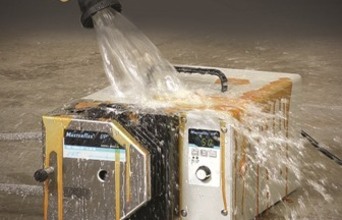
Manufacturers can choose from an array of pump options, from gear pumps to drum pumps to air-operated double diaphragm pumps to centrifugal pumps, and more. Yet, when discerning between these options, the deciding factor should be functionality that complements, not impedes, the production process. When weighing precision, versatility, and ease of use, a peristaltic pump often performs best.
Common applications
Common applications which use peristaltic pumps include plating chemicals, manufacturing adhesives for cement, dispensing glue emulsions, handling dyes in fabric manufacturing, monitoring pulp quality, transferring fluids between tanks, feeding etching chemicals for plate processors, developing caustic detergents, and many more.
When is a peristaltic pump not the answer?
With the pulsating nature of the peristaltic pump, applications that require a consistently smooth flow may be better served by a centrifugal or gear pump. In many cases, though, peristaltic pumps provide significant advantages that enhance production.
Beth Dumey is Senior Marketing Communications Specialist and Jaime Robles is Manager, Customer Experience for Cole-Parmer, a leading global source of laboratory and industrial fluid handling products, instrumentation, equipment, and supplies since 1955.
END


























